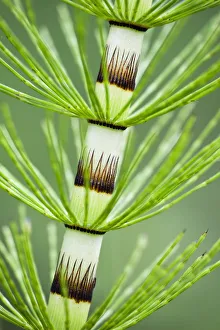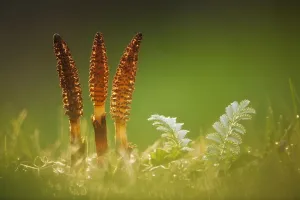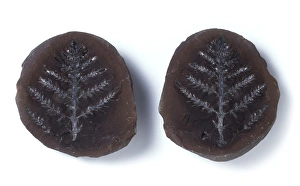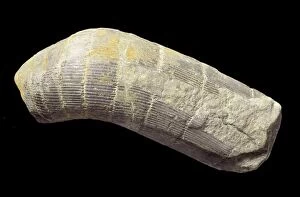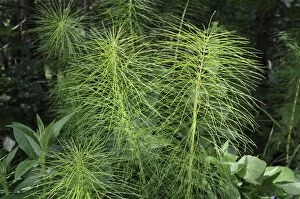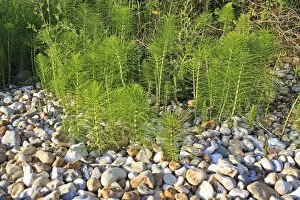Equisetaceae Collection
"Equisetaceae: A Fascinating Family of Ancient Plants" Equisetaceae, commonly known as horsetails
All Professionally Made to Order for Quick Shipping
"Equisetaceae: A Fascinating Family of Ancient Plants" Equisetaceae, commonly known as horsetails, are a unique and intriguing group of plants that have stood the test of time. With their distinct appearance and rich history, they continue to captivate botanists and nature enthusiasts alike. In Bavaria, Germany, the Field Horsetail (Equisetum arvense) proudly displays its slender stems against a picturesque backdrop. Its delicate yet resilient nature is evident in every detail captured in this stunning photograph. Venturing into Poloniny National Park in the Western Carpathians reveals a close-up view of the Great Horsetail (Equisetum telmateia). The intricate patterns on its stem mesmerize observers, showcasing the beauty found within even the tiniest elements of nature. Journeying to Catcott Lows SWT reserve in Somerset Levels unveils another member of this ancient family - the Giant Horsetail (Equisetum telmateia). Towering over its surroundings with grace and grandeur, it reminds us of Earth's remarkable biodiversity. Leonhart Fuchs' historical illustration from De historia stirpium commentarii insignes transports us back to 1542 when knowledge about horsetails was first documented. This visual representation showcases Equisetum arvense's fertile spore-bearing stem with utmost precision and artistry. Switzerland offers an opportunity to witness Equisetum arvense once again - this time displaying its fertile spore-bearing stem. Nature's ingenious design is showcased through these structures that ensure future generations for these remarkable plants. Burgenland, Austria presents an awe-inspiring sight - the majestic Great Horsetail standing tall amidst lush greenery. Its presence commands attention while reminding us of our planet's incredible diversity waiting to be explored. Powys, Wales provides a glimpse into Wood Horsetail's (Equisetum sylvaticum) fertile frond.


